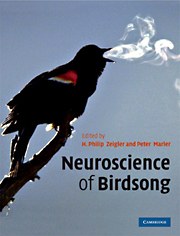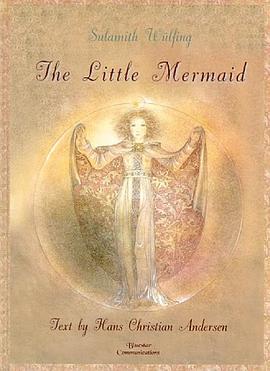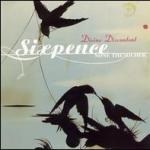

Speech has long been thought of as a uniquely defining characteristic of humans. Yet song birds, like humans, communicate using learned signals (song, speech) that are acquired from their parents by a process of vocal imitation. Both song and speech begin as amorphous vocalizations (subsong, babble) that are gradually transformed into an individualized version of the parent’s speech, including dialects. With contributions from both the founding forefathers and younger researchers who represent the future of this field, this book provides a comprehensive summary of birdsong neurobiology, and identifies the common brain mechanisms underlying this achievement in both birds and humans. Written primarily for advanced graduates and researchers, there is an introductory overview covering song learning, the parallels between language and birdsong and the relationship between the brains of birds and mammals; subsequent sections deal with producing, processing, learning and recognizing song, as well as with hormonal and genomic mechanisms.
• Broad coverage by leading and upcoming contributors give book impressive depth and scope • All major laboratories are represented, including European, Australian and New Zealand extending readership to include an international audience • Each part is preceded by an introduction written by the editors to provide the context for the chapters
具体描述
读后感
评分
评分
评分
评分
用户评价
相关图书
本站所有内容均为互联网搜索引擎提供的公开搜索信息,本站不存储任何数据与内容,任何内容与数据均与本站无关,如有需要请联系相关搜索引擎包括但不限于百度,google,bing,sogou 等
© 2025 book.wenda123.org All Rights Reserved. 图书目录大全 版权所有




















